
Resources
Ready to start your IAM project?
Our experts look forward to talking with you.
Results: 190
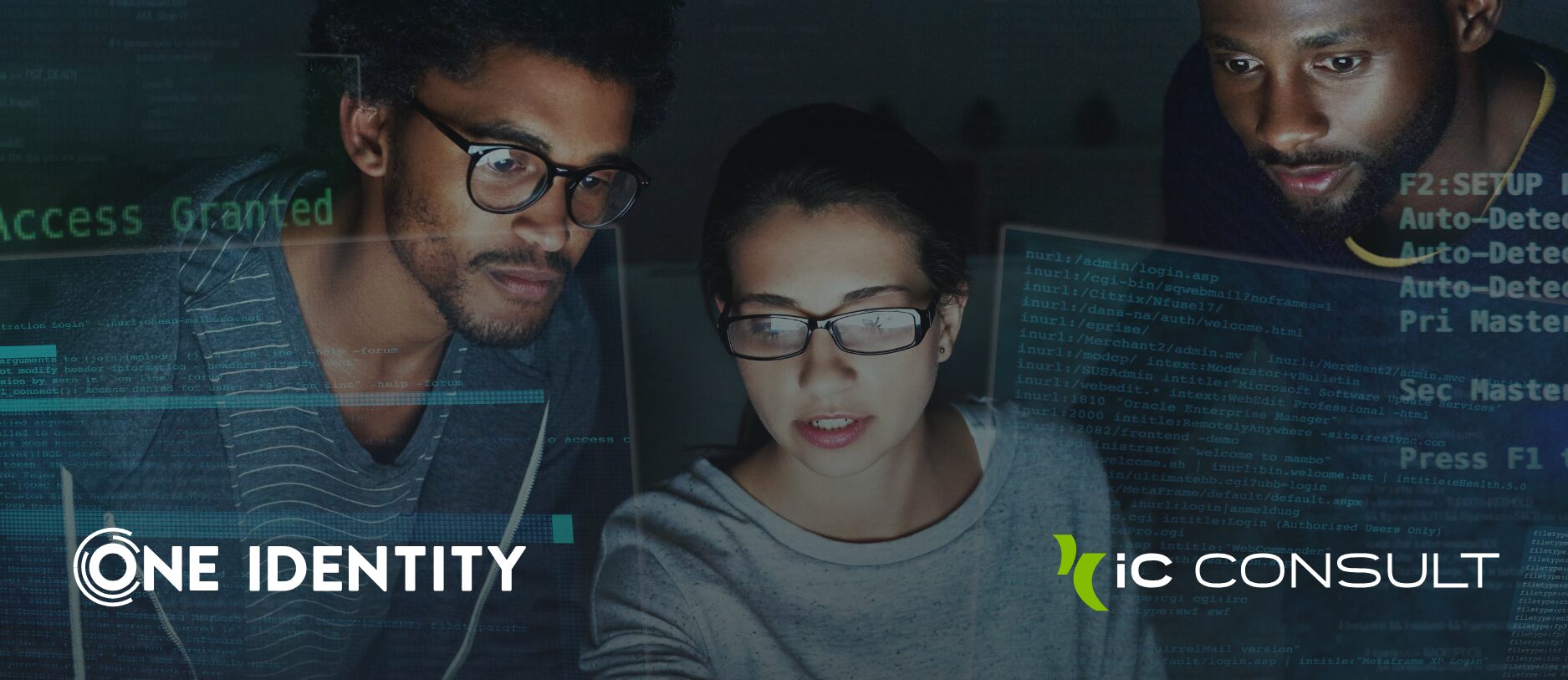
One Identity Fabric: The Foundation for Unified Identity Security
Experts from One Identity and iC Consult explore the core concept of the One Identity Fabric: a modular, integrated architecture that brings together all key IAM domains – including IGA, PAM, Access Management, and AD Management.
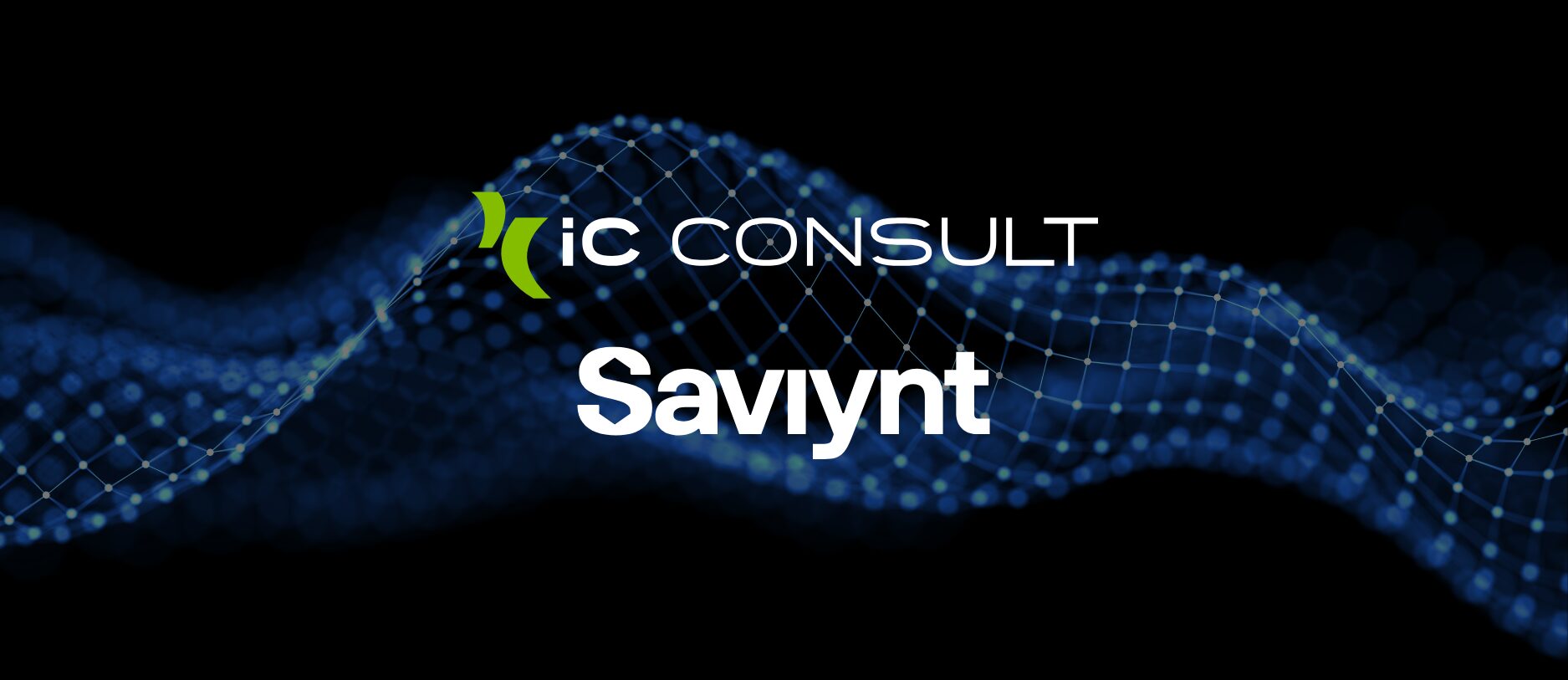
Zero Trust and Identity Resilience: Why IAM Without ISPM
Experts from Saviynt and iC Consult explore the critical connection between Zero Trust and Identity Resilience, and how Identity Security Posture Management (ISPM) plays a vital role in bridging that gap.

Move to Least Privilege through a Deeper Integration between EMP and IGA Solutions
Enhance healthcare security by closing the integration gap between EMP and IGA systems, enforcing Least Privilege to reduce risks, ensure compliance, and improve operational efficiency.

Our Foundation for Successful IAM Projects: iC Consult Centers of Excellence (CoEs)
Discover how iC Consult’s structured knowledge sharing and expert communities ensure high quality and deep expertise in identity projects.

Securing the Unseen: Managing Healthcare IoT Devices as Identities
Protect connected medical devices in healthcare with IAM strategies for IoT security, compliance, and patient safety.
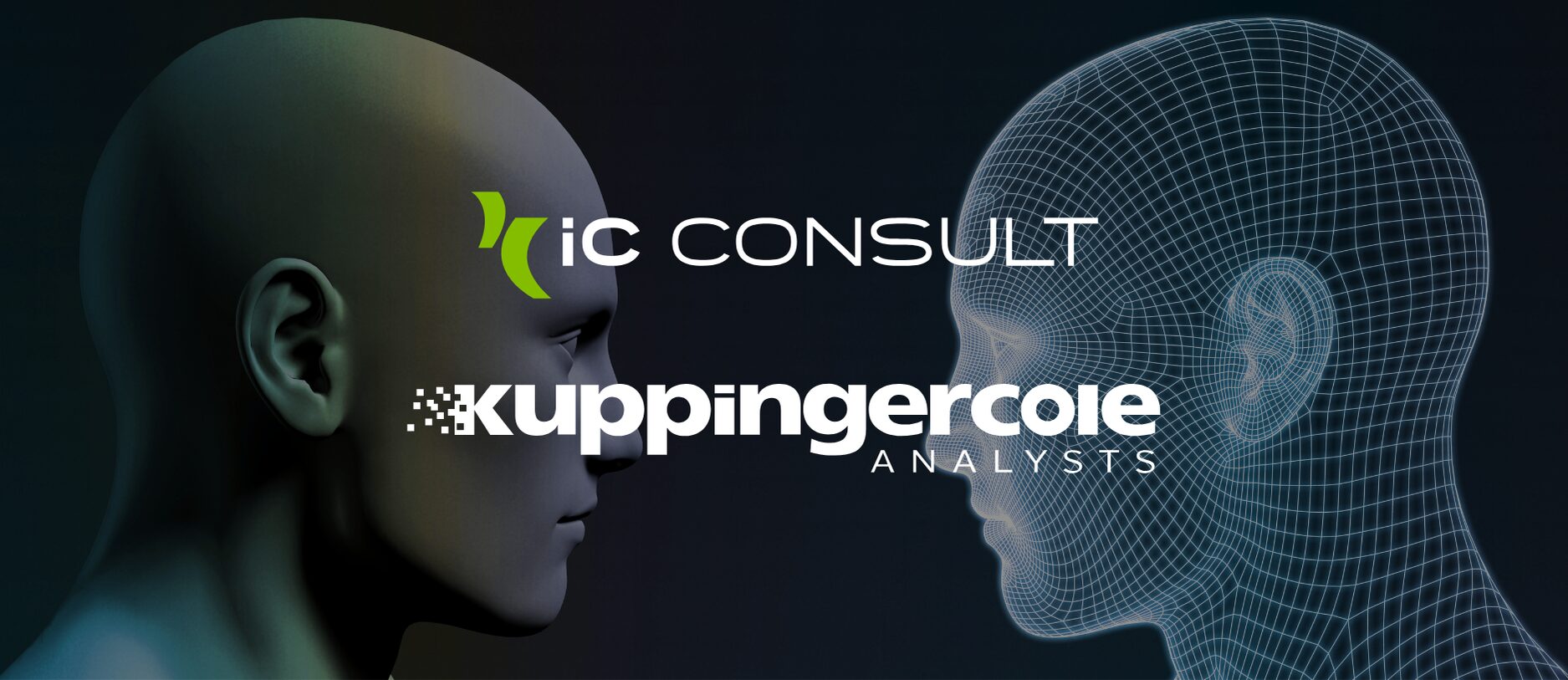
The 100-Day Identity Security Plan
Discover KuppingerCole’s 100-Day Identity Security Plan to build resilience, stop identity-based attacks, and accelerate Zero Trust adoption.
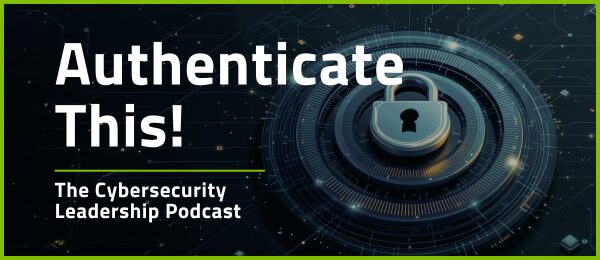
Challenging AI Threats and Strengthening Human Vigilance with Steve Cobb of SecurityScorecard
On this episode, Steve Cobb, CISO of SecurityScorecard and a founding member of the CarolinaCISO shares how today’s threat actors are targeting human behavior more than systems, and why cultural change and technical guardrails are both essential.

Passkeys in a Zero Trust World – Blessing or Curse?
Join us and KuppingerCole as we explore the different types of passkeys, their benefits, and the trade-offs between security and usability in achieving passwordless authentication.

Creating Psychological Safety in Security Teams with Susanne Senoff of PROS
On this episode of Authenticate This!, Susanne Senoff, CISO of PROS, talks about making security human, building trust through connection and leading with authenticity.
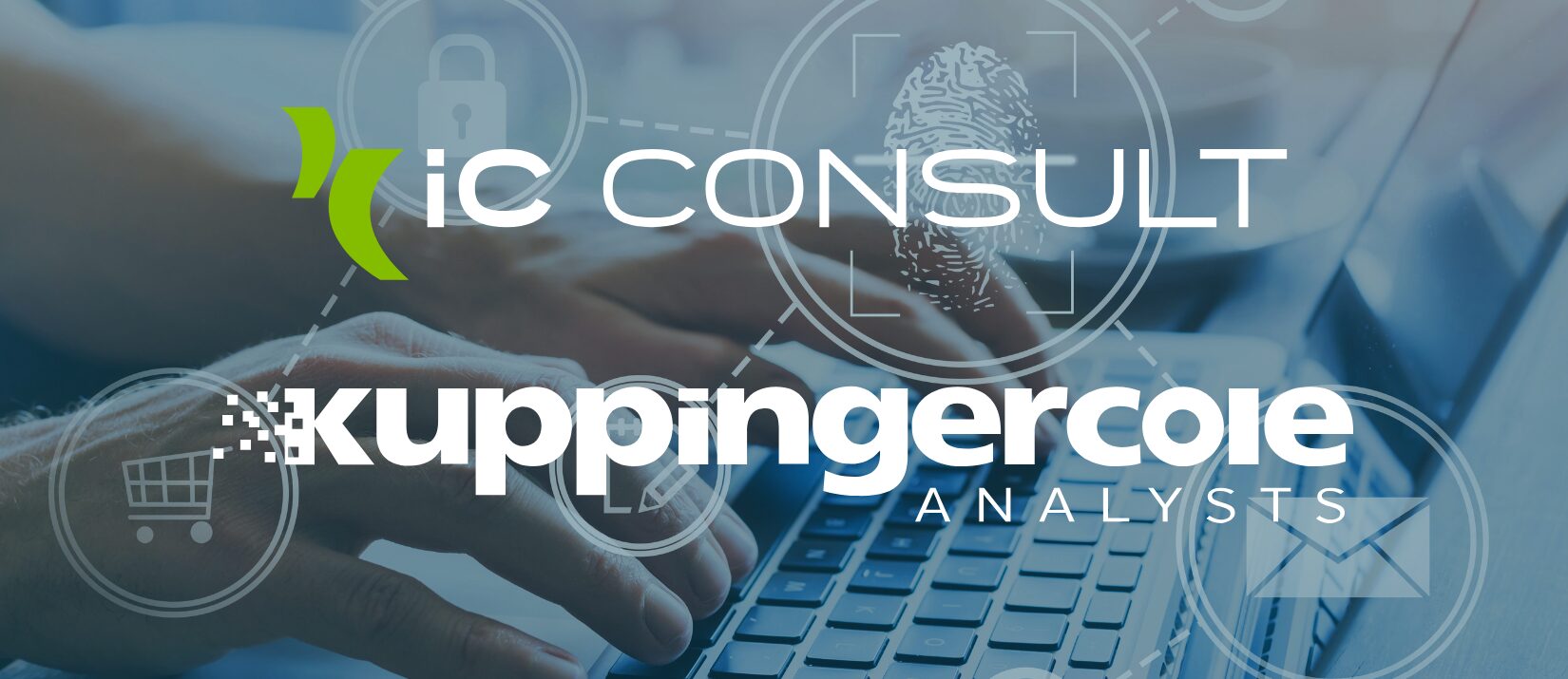
Why MFA and IGA Are Not Enough in 2025: A 100-Day Plan for Identity Security
Explore why attackers are shifting focus to the identity layer and how organizations can respond. Experts from KuppingerCole and iC Consult share key strategies, including PAM, ITDR, and a 100-day plan to strengthen identity resilience and defend against modern threats.
Stay Ahead with IAM Insights
Keep yourself informed on the latest IAM trends and upcoming Identity & Access Management events. Subscribe now!
